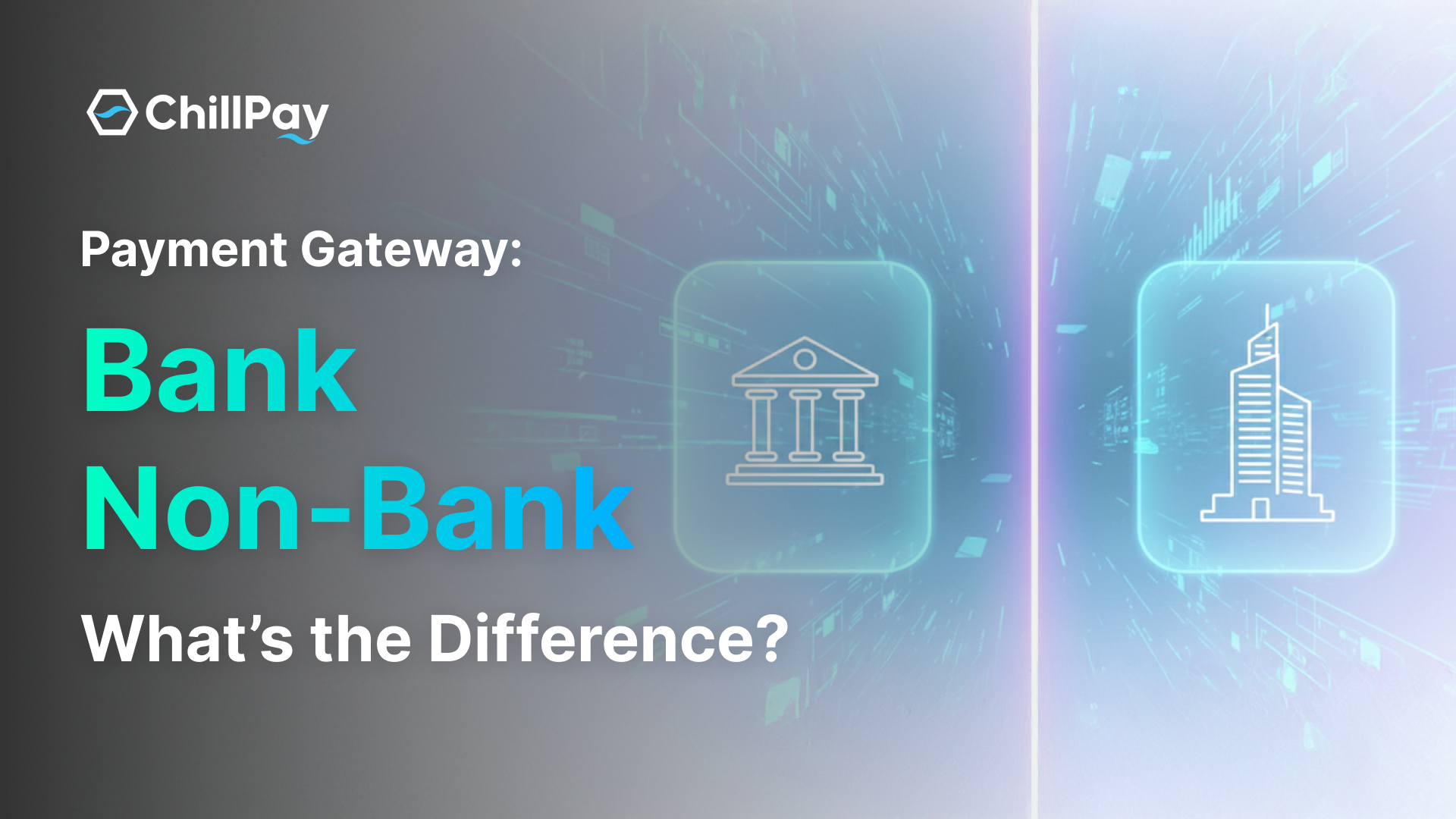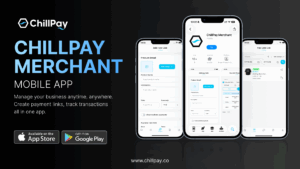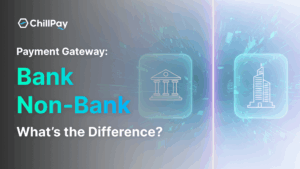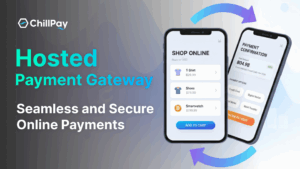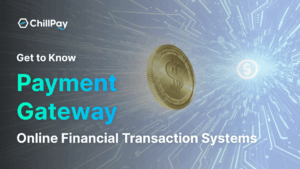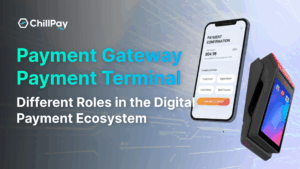The digital economy, driven by technology, has completely transformed how goods and services are bought and sold. Online payments have become a key mechanism that enables businesses to operate smoothly. At the core of this process is the Payment Gateway (PG), which serves as the infrastructure connecting customers, merchants, and financial institutions. This ensures that money transfers and payment status verifications occur quickly, securely, and seamlessly.
Payment Gateways are generally classified based on the type of provider into two main categories: Bank Payment Gateways and Non-Bank Payment Gateways. Each type has distinct advantages, conditions, and suitability depending on business size, security requirements, and available capital.
Bank Payment Gateway: High Stability, Ideal for Large Businesses
A Bank Payment Gateway is developed and operated directly by a financial institution, connecting seamlessly with the bank’s internal systems. This provides high reliability and security, allowing fast and accurate transaction verification. In some cases, merchants may also benefit from lower transaction fees per transaction.
However, this type of PG often comes with stricter requirements, such as a large security deposit and more complex application procedures. It is therefore most suitable for large businesses that prioritize stability and a trustworthy brand image.
Examples in Thailand:
- Merchant iPay (Bangkok Bank): Minimum security deposit THB 100,000; setup fee THB 1,500; annual fee THB 1,000
- K-Payment Gateway (Kasikorn Bank): Security deposit THB 200,000; no setup or annual fees
- Krungsri Biz Payment Gateway (Krungsri Bank): Security deposit THB 200,000; setup fee THB 5,000; annual fee THB 10,000–25,000
Non-Bank Payment Gateway: Flexible, Ideal for SMEs
A Non-Bank Payment Gateway is provided by a third-party company rather than a bank. Its main advantages are flexibility and ease of use, including simpler installation, registration, and usually no requirement for a security deposit. Non-Bank PGs can connect with multiple online sales channels, making them ideal for small and medium-sized enterprises (SMEs) seeking a quick and low-cost solution.
The main limitation is that transaction fees are usually higher than bank PGs, and some providers only support the Thai Baht (THB), which may not suit businesses with international customers.
Popular Non-Bank Providers:
- PayPal: Global online payment platform
- GB PrimePay: Thai provider licensed by the Bank of Thailand
- Omise (OpnPayments): Popular among small and medium e-commerce businesses in Southeast Asia
- 2C2P: Singapore-based payment gateway
- Pay Solution: Supports multiple payment channels
- KGP (Kasikorn Global Payment): Emphasizes flexibility and multi-channel payment support, e.g., Meta Pay
Comparison: Bank vs Non-Bank Payment Gateway
| Feature | Bank Payment Gateway | Non-Bank Payment Gateway |
|---|---|---|
| Reliability/Security | Very high (direct connection to banks) | High (industry-standard security) |
| Security Deposit | Required (hundreds of thousands THB) | Not required |
| Flexibility / Registration | Strict, more documentation | Flexible, easy setup |
| Transaction Fees | Usually lower | Usually higher |
| Suitability | Large businesses emphasizing credibility | SMEs emphasizing agility |
Both types of PGs in Thailand offer lower domestic transaction fees and support important local payment channels such as PromptPay and QR Code payments. In contrast, international providers like PayPal or Stripe may have higher fees but provide advanced systems, multi-currency support, and are suitable for businesses aiming to expand globally.
Choosing the Right Payment Gateway
A Payment Gateway is not just a payment channel—it is a critical component that affects customer experience, transaction security, and brand image. Choosing the right provider should consider business size, budget, security requirements, and growth plans.
- Large businesses prioritizing stability and credibility may find a Bank PG more suitable.
- Small businesses or SMEs seeking quick setup, low investment, and flexibility are better suited for a Non-Bank PG.
In today’s highly competitive digital world, payment processing is no longer merely the final step of a sale. It is the heart of the digital experience, determining whether customers will return and how sustainably a business can grow.

